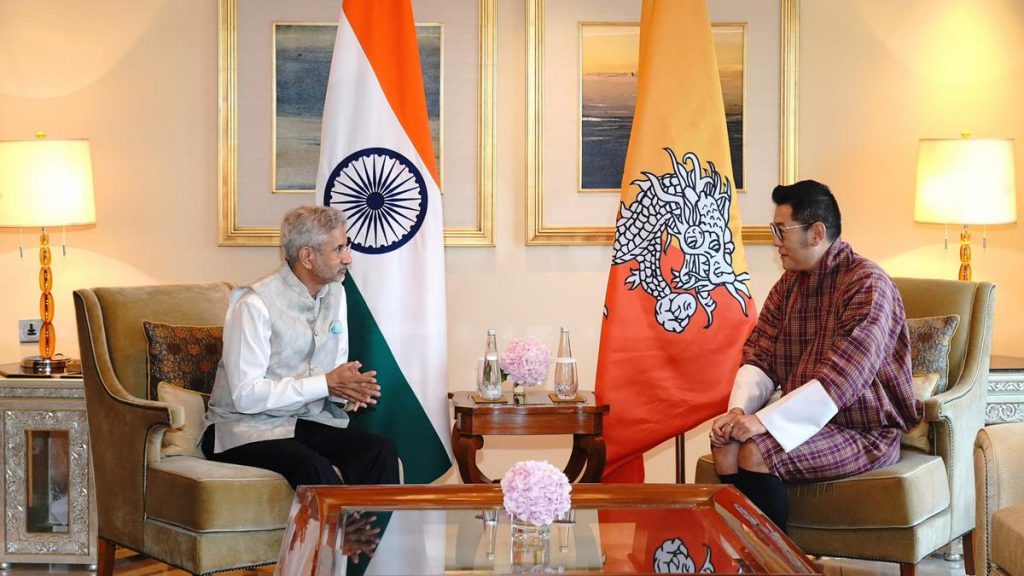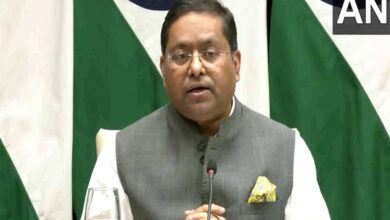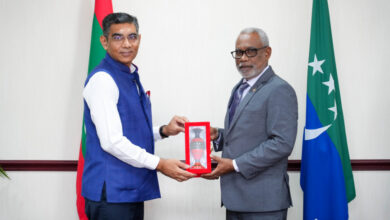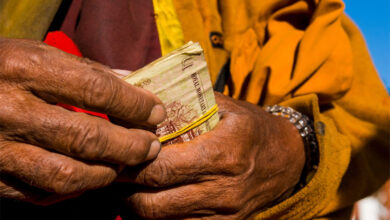
BY SUHASINI HAIDAR
Bhutan’s 5th King Jigme Khesar Namgyel Wangchuck landed in Delhi on Sunday ahead of talks with Prime Minister Narendra Modi on Monday, a fortnight after Bhutan and China signed an agreement on the boundary delimitation process in Beijing. While the boundary talks will receive the most interest in New Delhi, given India’s concerns over Doklam, the King’s visit is understood to be prompted by an ambitious project Bhutan plans on the border with Assam, in Gelephu. In Delhi, the Bhutanese King was received at the airport by External Affairs Minister S. Jaishankar, and National Security Adviser Ajit Doval called on him at hotel.
“The visit will further strengthen close bonds of friendship and cooperation with a valued partner,” said Ministry of External Affairs spokesperson Arindam Bagchi, without adding any details of issues expected to be raised during the talks.
The Bhutanese King flew to Delhi from Guwahati, which was the first ever official visit by a Bhutanese monarch to Assam. He discussed connectivity and infrastructure initiatives with Chief Minister Hemanta Biswa Sarma, including plans for the first India-Bhutan rail link, a 57 km line connecting Kokrajhar and Gelephu, where Bhutan plans to build an international airport. He will fly to Mumbai later this week, and is expected to meet with various business and industry leaders to speak about collaborations and investment in the Gelephu project, also called the Sarpang district Special Economic Zone.
Bhutanese characteristics
On December 17, Bhutan’s National Day, the King is expected to formally announce the project, and his visit to India before that is a significant indicator of Bhutan’s hopes for India’s involvement in the regional hub project. Sources said the Sarpang SEZ would retain uniquely Bhutanese characteristics, including cultural and spiritual centres and environmentally sustainable businesses, that also incorporate high-technology innovations, and would seek to create jobs for thousands of Bhutanese youth who are increasingly moving abroad due to lack of opportunities within the country. In July, Foreign Secretary Vinay Kwatra travelled to Gelephu to hold official talks, and received a full briefing on the project.
“The first leader that His Majesty the King discussed the Gelephu project with Prime Minister Narendra Modi,” Bhutan’s Prime Minister Lotay Tshering told The Hindu in an interview last month about the plan to build Gelephu as a “Gateway City”. “After the meeting between the two leaders, we understand India will give Bhutan all support that will be required,” Dr. Tshering added.
This is King Jigme Khesar’s second trip to India this year, after his visit in April, which had also closely followed the announcement of progress in Bhutan-China talks on resolving their boundary. The talks set off alarm bells in Delhi over the prospect of India’s “special” friend and neighbour, that doesn’t at present have diplomatic ties with China, becoming more closely involved in trade and tourism with Beijing, while also sealing a boundary deal that could bring the Chinese PLA into closer range of the Indian border.
Speaking about his visit to Beijing where he had held the 25th round of border talks, Bhutanese Foreign Minister Tandi Dorji told journalists in Thimphu last week that the pace of boundary resolution with Beijing had been accelerated in the last few years.
“During our tenure after COVID we signed two agreements. The first is the three-step road map which clearly delineates how we will resolve the border and this time when I went to China we signed the Cooperation Agreement on the roles and responsibilities of the Joint Technical Team [JTT],” Dr. Dorji was quoted as saying by The Bhutanese newspaper. “This is the immense and rapid progress we have reached this time,” he added.
New Delhi has not commented directly on the talks thus far, holding only that India and Bhutan are in close touch on all issues, and India follows “very closely” all developments with a bearing on national security, and the second royal visit from Bhutan in a year indicates it is mindful of those sensitivities, even as its King seeks new avenues for cooperation in the northeast.




